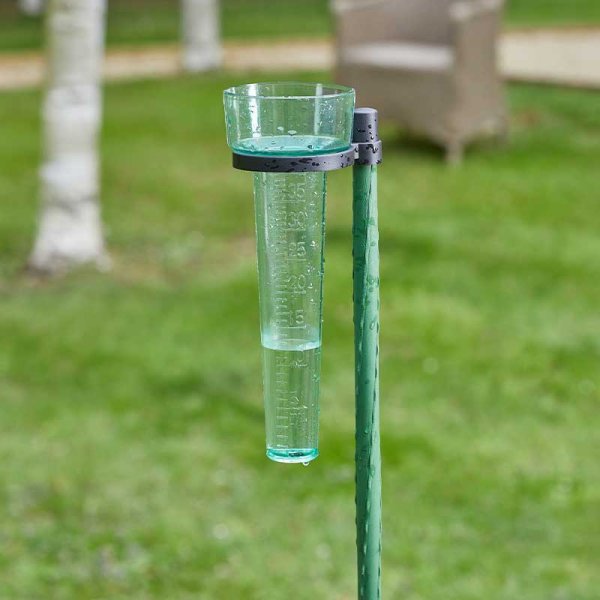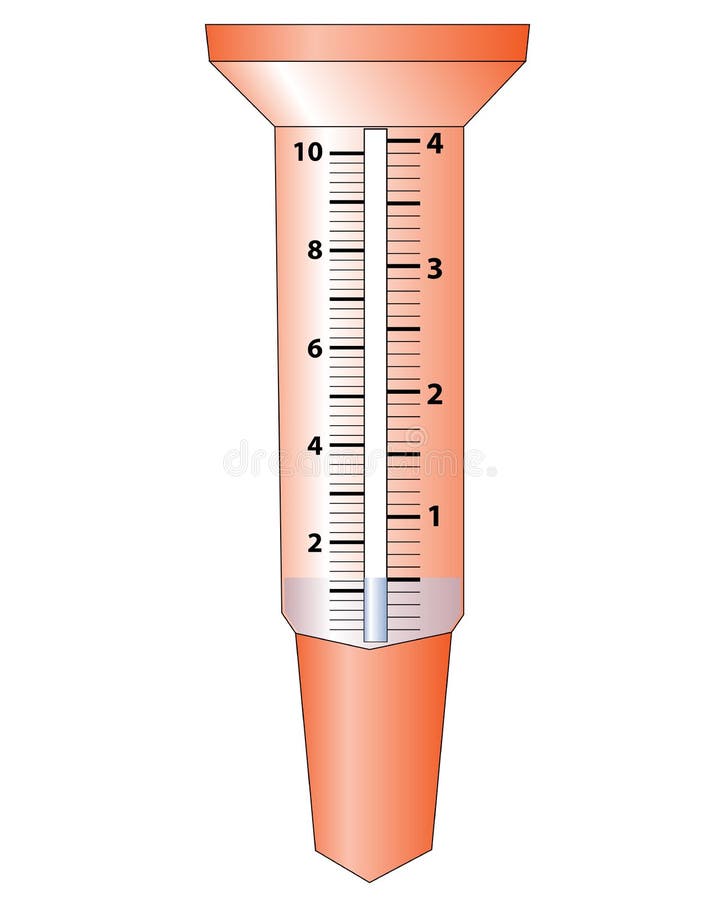Innovative Styles in Rain Gauges: What Makes Them Stand apart
Innovative Styles in Rain Gauges: What Makes Them Stand apart
Blog Article
Unveiling the Scientific Research Behind Rainfall Gauges: Exactly How These Instruments Play a Critical Role in Environment Research and Environmental Surveillance
Rain assesses, seemingly easy devices, hold an extensive significance in the realm of environment research and environmental surveillance. These unassuming instruments silently collect one of nature's most necessary elements-- rains. Behind their unpretentious exterior exists an intricate science that is vital for comprehending the characteristics of our setting. As we peel off back the layers of this clinical veil surrounding rainfall gauges, we uncover a world where precision, data accuracy, and thorough monitoring merge to introduce a much deeper understanding of our changing climate and its effect on the earth.
Value of Rain Scales
Rainfall evaluates play a crucial role in monitoring and gauging rainfall levels, providing important data for climate study and analysis. These devices are fundamental in quantifying the amount of rains that happens in a specific location over a specific period. By measuring and accumulating rainwater, rain gauges offer valuable understandings into the circulation and intensity of rainfall, aiding meteorologists, hydrologists, and climatologists in understanding weather patterns and fads.
One of the crucial reasons that rain determines are critical is their capability to offer precise and localized data. Unlike satellite or radar-based dimensions, which provide wider monitorings, rainfall evaluates deal precise information particular to the place where they are placed. This local data is important for various applications, consisting of flooding forecasting, dry spell monitoring, and water resource administration. Furthermore, long-term information accumulated from rainfall evaluates helps in examining environment adjustment impacts and patterns, contributing dramatically to scientific research and decision-making processes. In essence, rain assesses work as crucial devices in the area of weather forecasting and environmental scientific research, playing a vital duty in advancing our understanding of weather and climate dynamics.
Sorts Of Rain Gauges

Capability and Procedure
In the realm of environment research and meteorological studies, the efficiency of rain gauges depend on their intricate functionality and precise functional systems. Rain assesses are developed to precisely gauge the amount of click here for more info rainfall that tips over a particular location throughout a set duration. These tools normally contain a channel that gathers rain and channels it into a determining tube. The gauging tube is marked with adjusted dimensions that permit the exact quantification of rainfall.
The functionality of rain evaluates is based upon the principle of accumulating and gauging rain in a standardized manner. This collected data is vital for comprehending neighborhood climate patterns, tracking long-lasting climate fads, and assessing environmental effects. To ensure accurate measurements, rain determines need to be strategically put in open areas far from blockages such as structures or trees that might conflict with the collection procedure.
The functional aspect of rainfall gauges entails routine upkeep to avoid debris buildup, calibration checks to keep measurement precision, and data taping for evaluation (rain gauge). Overall, the performance and procedure of rain gauges are necessary for gathering reliable rainfall information essential to environment study and environmental surveillance
Duty in Environment Research
Provided the essential significance of exact rainfall dimensions in understanding climate patterns and ecological effects, the duty of rainfall assesses in environment research is important. Rain determines supply crucial information for environment research by evaluating the amount of precipitation that tips over a particular location throughout a given period. This data is essential for monitoring long-term patterns in rainfall patterns, evaluating the impact of climate adjustment on rains distribution, and enhancing environment versions.

Environment scientists utilize information accumulated from rain determines to assess variations in precipitation degrees, determine local climate trends, and assess the effectiveness of water resource management techniques. By contrasting historic precipitation data with existing measurements, researchers can spot changes in precipitation patterns, such as modifications in the regularity or strength of rainfall occasions. This information is important for comprehending exactly how climate change is affecting precipitation characteristics and can help policymakers make informed decisions concerning adaptation and mitigation methods.
Applications in Ecological Tracking

In flood projecting, rain scale data helps to track rains intensity and circulation, enabling authorities to issue prompt cautions and take needed procedures to minimize flood risks (rain gauge). Drought surveillance depends on rainfall gauge information to assess moisture levels in the soil and track rainfall deficiencies, helping in the identification of drought-prone areas and the application of dry spell reaction approaches
In addition, rain scale information plays an important function in water source administration by giving information on water availability and use patterns. This data is made use of to make informed decisions pertaining to water appropriation, conservation measures, and sustainable water resource planning. Additionally, in farming, rain gauge data assists farmers in optimizing watering timetables, crop option, and total farm administration methods based on sites neighborhood rainfall patterns. Overall, rain evaluates are indispensable devices in ecological surveillance, offering important insights that add to educated decision-making and lasting source management.
Final Thought
In verdict, rain evaluates are important tools for measuring rainfall, giving useful data for environment research study and environmental monitoring. With numerous kinds and capabilities, rain gauges play a crucial function in comprehending precipitation patterns and their influence on the atmosphere. By precisely gauging rains, these gadgets add to the innovation of scientific expertise and aid in making notified choices associated to water resource management and catastrophe preparedness.
Rainfall evaluates play a crucial function in monitoring and determining rainfall degrees, providing vital data for environment research and analysis. The common rain gauge, recognized as the "tipping pail" gauge, is one of the most typically used tools. Ultrasonic rain assesses usage noise waves to find the visibility of rain, supplying real-time data on rainfall degrees.Environment scientists utilize information accumulated from rain gauges to analyze variations in rainfall levels, determine regional environment patterns, and evaluate the effectiveness of water source monitoring methods.In conclusion, rain determines are crucial devices for determining precipitation, supplying important information for climate research and environmental surveillance.
Report this page